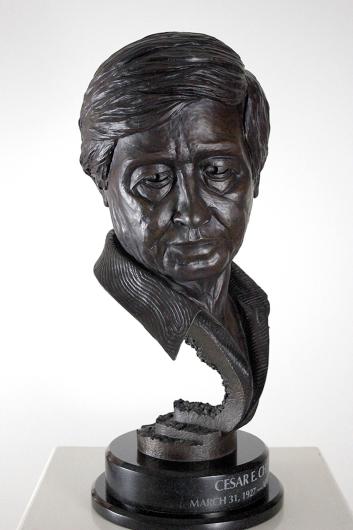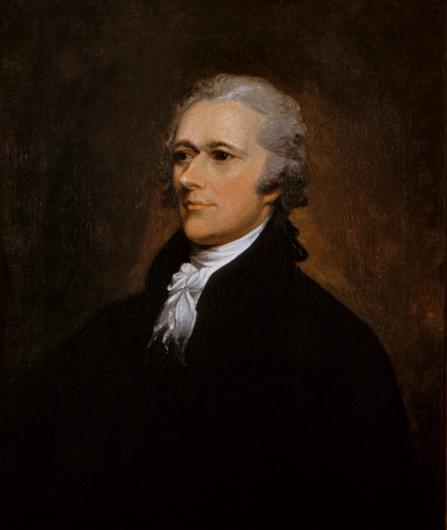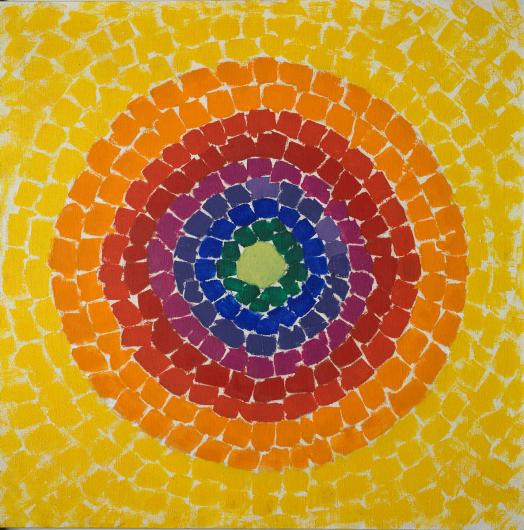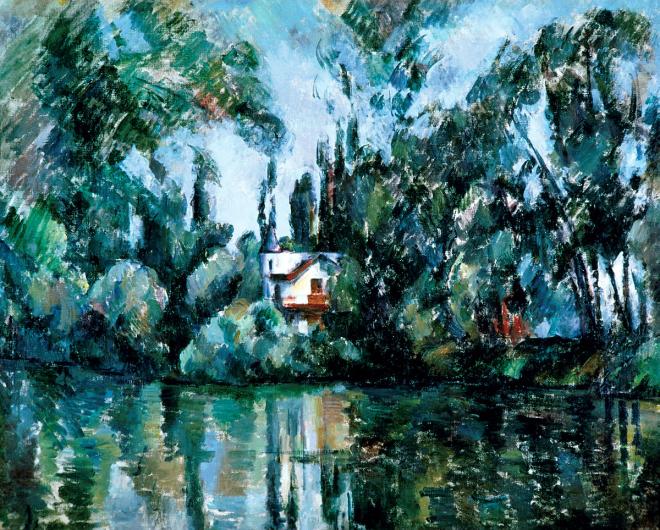
For this Presidents Day, we take a look at the artwork on display in President Biden's White House. Though it may seem frivolous in the face of the challenges of the upcoming presidential elections this year, the decor of the First Family—and especially in the Oval Office—is strategically designed to send a message to the American people and the world at large.
As the leader of the free world, you would expect the president to have their pick of great artworks. Indeed, they may request artworks from both national and private museums. But the White House also has its own collection at the First Family’s disposal. Here’s a look at some of the works that President Joe Biden and First Lady Dr. Jill Biden chose to decorate their home. We’ll also take a look at some notable picks from former First Families.

Childe Hassam, The Avenue in the Rain, 1917
This painting has been hung in the Oval Office, on the wall behind the President’s desk. One of the more patriotic works in the White House Collection, this dreamy artwork depicts a rainy day on Fifth Avenue by American Impressionist Childe Hassam. The many hanging flags reflected in the wet street shows New York City at the onset of World War I, a period of history marked by economic and social unrest.

Paul A. Suarez, Cesar Chavez, bronze.
President Biden’s Oval Office has been populated with a notable number of portraits and busts. Ashley Williams, the deputy director of Oval Office operations told The Washington Post that this decision was made in an effort to allow, “President Biden to walk into an Oval that looked like America and started to show the landscape of who he is going to be as president.” A bronze bust of farm labor and civil rights activist Cesar Chavez has been given prime placement, in the center of a table filled with family photos, just behind the President’s Desk. The bust belongs to the Cesar Chavez Foundation and was previously on display at Keene, California’s Cesar E. Chaves National Monument, a unit of the National Parks Service.

John Trumbull, The Midnight Appointments: Alexander Hamilton, ca. 1805.
This portrait of Alexander Hamilton, the country’s first Secretary of Treasury, hangs in the Oval Office, on the wall opposite President Joe Biden’s desk. The portrait is notably paired with an 1835 portrait of President Thomas Jefferson, painted by Asher Brown Durand. Hamilton and Jefferson famously struggled to get along. The two had very different backgrounds and beliefs but ultimately worked together on a number of occasions with Hamilton even backing Jefferson’s presidential bid in 1796. Biden’s office has publicly stated that the pairing was designed to highlight the “hallmarks of how differences of opinion, expressed within the guardrails of the Republic, are essential to democracy.”

Robert S. Duncanson, Landscape with Rainbow, 1859
Dr. Jill Biden was behind the decision to display this painting in the U.S. Capitol during last week’s inauguration. The work, which now hangs in the White House, is on loan from the Smithsonian American Art Museum. The dramatic landscape shows a young couple walking through idyllic farmland towards a bright future. Robert Seldon Duncanson was America’s best known African-American painter in the years surrounding the Civil War.

Joseph Siffred Duplessis, Benjamin Franklin, c. 1785.
The Benjamin Franklin portrait replaces the controversial Andrew Jackson portrait selected by former President Trump. Jackson, like many founding fathers, was a slave owner. He was also responsible for the Indian Removal Act. This led to the Trail of Tears, which was the forced removal of the Cherokee by the United States Army. The Cherokee were just one of the five tribes—Choctaw, Chickasaw, Creeks, and Seminoles—directly targeted by the Indian Removal Act. Ultimately, President Jackson is responsible for the deaths of thousands of indigenous people as well as a profound destruction of culture.

Alma Thomas, Resurrection, 1966
The White House Collection acts as a non-profit, using donations to build their collection. The Obamas chose this vibrant Alma Thomas painting to grace the redecorated dining room, hanging opposite a Robert Rauschenberg painting. A teacher and member of the Washington Color School, Thoman left a major mark on the arts in Washington. This is the first artwork in the White House Collection by an African-American woman.

Isamu Noguchi, Floor Frame, 1962
Last November, First Lady Melania Trump selected this minimalistic Isamu Noguchi sculpture for the White House Rose Garden. The bronze work from 1962 is the first work of art by an Asian American artist in the White House Collection.

Paul Cézanne, House on the Marne, 1888-1890
A slightly different white house is shown in this landscape by Paul Cézanne. The art historian and collector Charles A. Loeser amassed an impressive collection in his lifetime, including many works by the Post-Impressionist, of whom he was an early collector. In his will, he gave the President the right to choose eight of the Cézannes in his collection "to adorn the White House."
Chandra Noyes
Chandra Noyes is the former Managing Editor for Art & Object.























